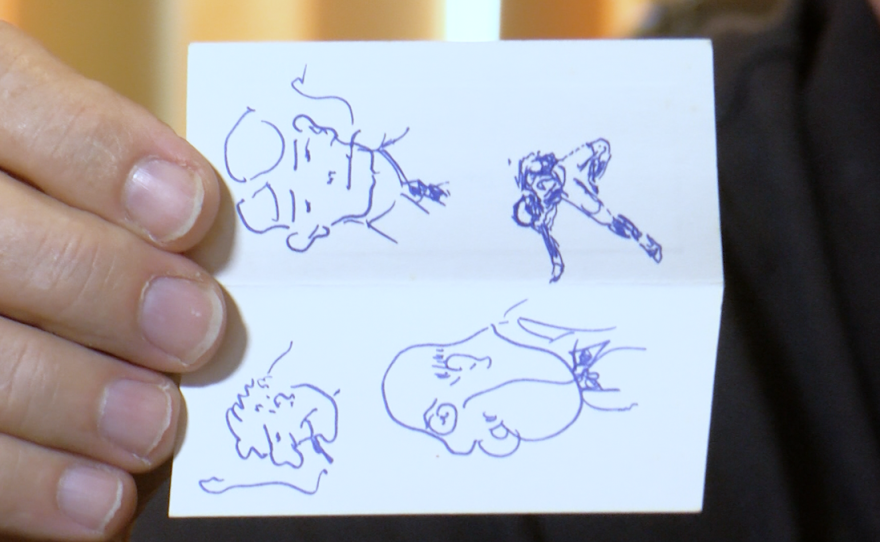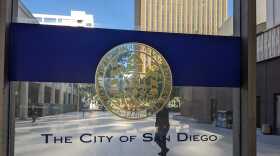When Roger Dangel walks inside his house, he takes a step into another place and time.
He has turned his home office into a museum for American history, the culmination of twenty years of collecting historical artifacts. The room is now flanked by history-making documents signed by the most famous men in American history. Among them are signatures from Thomas Jefferson, Frederick Douglas, John Hancock, and George Washington to name a few. The men that made a country.
“I guess if you're going to have a theme room, you might as well have the biggest theme room you can have and something that not a lot of people are able to have,” he said.
The office is designed to resemble the White House’s Oval Office. When Dangel and his wife rebuilt what was once his parents' home, they designed this room to bear the famous oval shape, just like the real thing. The size of the desk was also taken into consideration, a replica of the Resolute desk, originally a gift from Queen Victoria to then-president Rutherford B. Hayes, and used by many American presidents.
“The most famous one, of course, is John F. Kennedy with John-John, you know, coming out of the little door in the front,” Dangel said. “It's a functional desk. It's a functional office. I use it all the time.”
But beyond the wainscotting, scalloped doorway molds, and other small details, this room holds treasures that transcend time. In the corner of the room is a lieutenant colonel’s union uniform, worn during the civil war, with a small hand-written clue as to the person who wore it.
“This was found actually in the pocket," Dangel said. "And it does say that it did belong to Elijah Hunt Rhodes of Rhode Island. And that's kind of cool.”
Rhodes’ journal was featured in PBS' "The Civil War" documentary series by Ken Burns.
Inside a frame, a matted document is signed by Alexander Hamilton who was killed by Vice President Aaron Burr during a duel. There is also a paper signed by William Henry Harrison who served only 30 days as president before succumbing to pneumonia. Fast forward to modern times, a document signed by Donald Trump is framed on the opposite-facing wall.
“I'm kind of an equal opportunity presidential collector as I have every president on the walls or somewhere in the house to date, except for Joe Biden, which is so new right now that I don't have a presidential document from him because he's still in office,” Dangel said.
While these unique items remind us of the important events in history that have shaped the country, some smaller pieces give us a glimpse of the personalities behind the decision-makers of yesteryear.
“Doodles,” he said. “These are original sketches by Ronald Reagan when he was doodling as governor. That's just so small and so unique because nobody really has those.”

As guardian of this treasure, Dangel wants these things to be accessible and, more importantly, interactive. He said history should be touched.
“My house is like a museum, but you can touch everything. At the Smithsonian, you can't,” Dangel said. “You can pick it up and touch it, and you can look at it, you can say, ‘wow, that's heavy’ or ‘wow, that was signed by Abraham Lincoln.’”
In an archival envelope, Dangel presents a document signed twice by Abraham Lincoln, known as an endorsement. Signed once in 1863, and again in 1864.
Dangel also has an item that is dated from 1865, the night Abraham Lincoln was assassinated.
“These glasses were reportedly found at Ford's Theater the night that Abraham Lincoln was shot and was dropped by a patron there, a captain," he said. "And if these glasses could only talk, they could tell a story.”
And it is the story behind the land deed, the pardon, the court martial, or even the civil war bullet lodged in a piece of wood that draws Roger to these items.
“I'm just holding these pieces of history in my hand for a short period of time until it can be passed on to someone else,” Dangel said.






